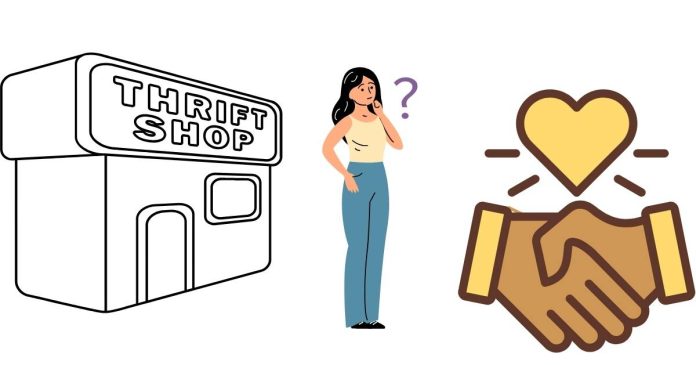The Difference Between Thrift Stores and Goodwill: A Comprehensive Guide
When it comes to second-hand shopping, two popular options come to mind: thrift stores and Goodwill. While both offer a treasure trove of gently used items at affordable prices, there are distinct differences between the two. In this article, we’ll look into the world of second-hand shopping and explore the differences between thrift stores and Goodwill.
What is a Thrift Store?
A thrift store is a retail establishment that sells donated or second-hand items, often at very low prices. Thrift stores can be for-profit or non-profit, and they may specialize in specific types of items, such as vintage clothing, furniture, or household goods. Thrift stores often rely on donations from the community, and the proceeds from sales may go towards supporting local charities or community programs.
What is Goodwill?
Goodwill is a non-profit organization that operates a chain of thrift stores across the United States and Canada. Goodwill’s mission is to provide job training, employment services, and other community-based programs for people with disabilities, disadvantages, and other barriers to employment. Goodwill stores sell donated items, and the proceeds from sales fund Goodwill’s programs and services.
Key Differences Between Thrift Stores and Goodwill
While both thrift stores and Goodwill offer second-hand shopping experiences, there are several key differences:
1. Mission: Goodwill is a non-profit organization with a specific mission to provide job training and employment services, whereas thrift stores may have a broader range of goals or no specific mission at all.
2. Donation Process: Goodwill has a structured donation process, with designated drop-off locations and a team of donation ambassadors. Thrift stores may have a more informal donation process, with donations accepted at the store or through community collection events.
3. Store Experience: Goodwill stores are often larger and more organized, with a wider selection of items. Thrift stores can be smaller and more eclectic, with a greater emphasis on unique or vintage items.
4. Pricing: Goodwill stores tend to have standardized pricing, whereas thrift stores may have more variable pricing depending on the item and the store’s policies.
5. Community Involvement: Goodwill is deeply involved in community programs and services, whereas thrift stores may have a more limited community focus.
While both thrift stores and Goodwill offer a fun and affordable shopping experience, the differences between the two are significant. Goodwill’s non-profit mission and structured donation process set it apart from thrift stores, which may have a more informal approach to donations and sales. By understanding the differences between thrift stores and Goodwill, shoppers can make informed choices about where to shop and how to support their local communities.


